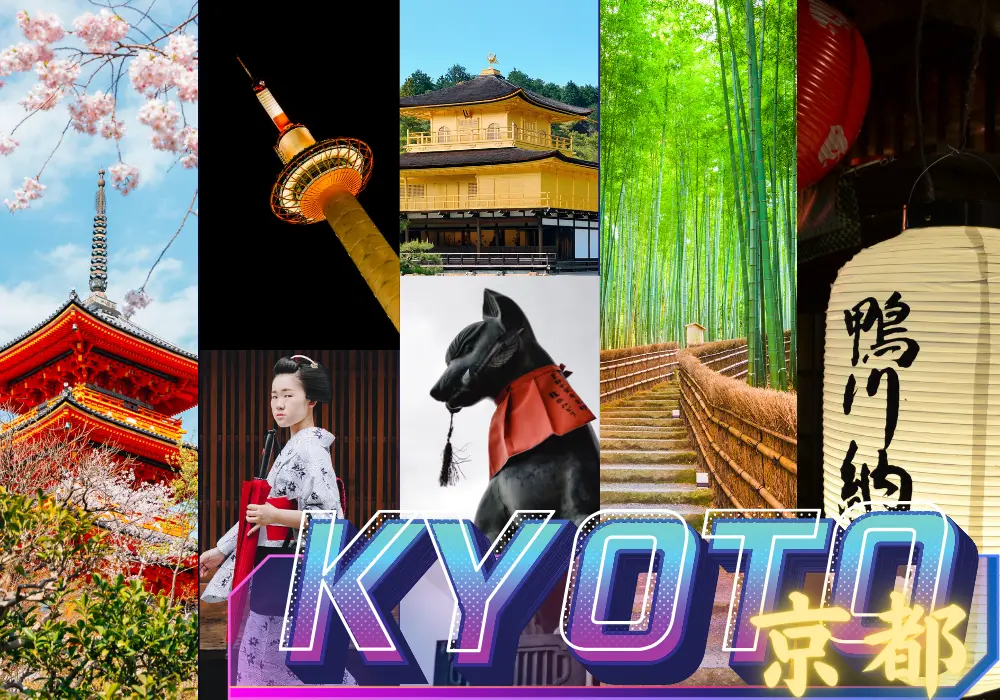Kyoto is known for its historical beauty and cultural richness, thriving as Japan’s ancient capital for over a millennium. The city awaits visitors with its poignant history, breathtaking landscapes, and warm hospitality.
From iconic temples and shrines to hidden spots and local culinary delights, Kyoto’s unique charm is an essential part of experiencing Japan. This article will also delve into traditional events and local crafts, providing detailed insights to make your trip to Kyoto an unforgettable one.
Castle and Beyond: Exploring Historical Landmarks
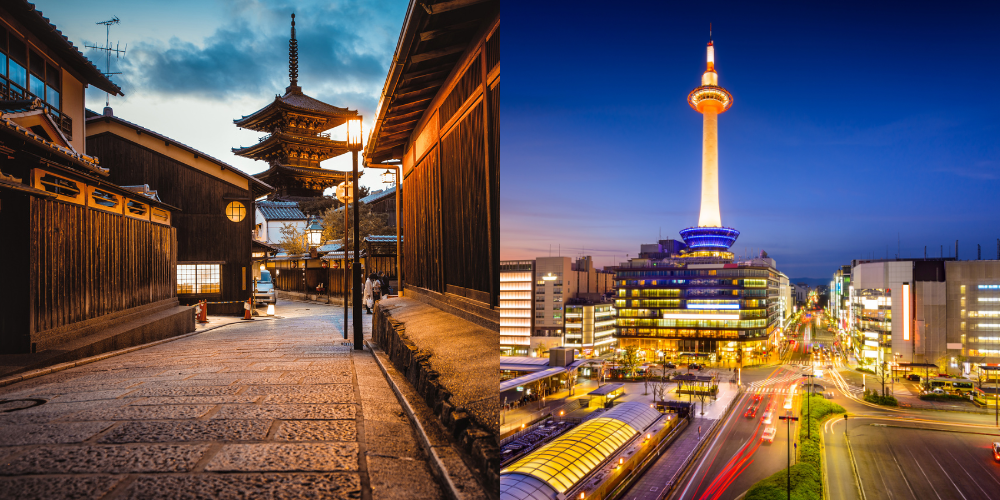
Kyoto has played a crucial role in the history of Japan. Established as the capital under the name Heian-kyo in 794, it flourished as the nation’s capital for about 1000 years, serving as the center of Japanese politics, culture, and religion. During this period, this place was the site of numerous cultural heritage constructions, particularly temples, shrines, and traditional Japanese gardens, which continue to attract many tourists today.
Kyoto also developed as a hub for Japanese arts and scholarship over the years. Cultural events such as the famous Gion Matsuri and Jidai Matsuri originated here and are still celebrated. Traditional cultural practices like the tea ceremony, ikebana, and Japanese dance also thrived.
Kyoto’s Rich Artistic Heritage: A Hub of Traditional and Contemporary Arts

Modern Kyoto is a fascinating place where ancient history and modern culture intersect.
It has become a favored residence for artists and musicians. Live shows, exhibitions, and the local culinary culture are also key factors that make experiencing worthwhile.
Major Tourist Attractions in Kyoto: A Blend of History and Nature

Kyoto serves as a treasure trove of Japanese culture and history, attracting visitors from all over the world throughout the year. In this section, we’ll explore main tourist spots, categorized into three distinct areas.
Historical Landmarks
Kyoto is famed for its iconic temples, such as Kinkaku-ji (the Golden Pavilion) and Kiyomizu-dera. Kinkaku-ji is renowned for its lavish gold-leaf-covered exterior, reflecting the aesthetic sensibilities of the Heian period. Meanwhile, Kiyomizu-dera is famous for its expansive stage, offering breathtaking views, especially during the cherry blossom and autumn foliage seasons. We will delve deeper into the history and architectural styles of these temples.
Natural Beauty
Kyoto is also known for its natural beauty, with spots like the Arashiyama Bamboo Grove and the banks of the Kamo River being must-visit locations. The bamboo grove in Arashiyama offers a mystical atmosphere with its towering green bamboo, creating a visually stunning tunnel that seems to cleanse the soul as you walk through. The Kamo River, enjoyed by locals throughout the seasons, is a great place to experience the changing scenery of Kyoto.
Hidden Gems
There are numerous lesser-known attractions in Kyoto that hold their own charm. For instance, Kennin-ji Temple, which sees fewer tourists, and newly popular art spots are highly recommended for travelers seeking a more local ambiance. These locations are perfect for those who wish to discover a modern allure and explore off-the-beaten-path spots that are not as well-known among foreign tourists. By introducing these hidden gems and new attractions, we aim to help you uncover new facets of Kyoto’s charm.
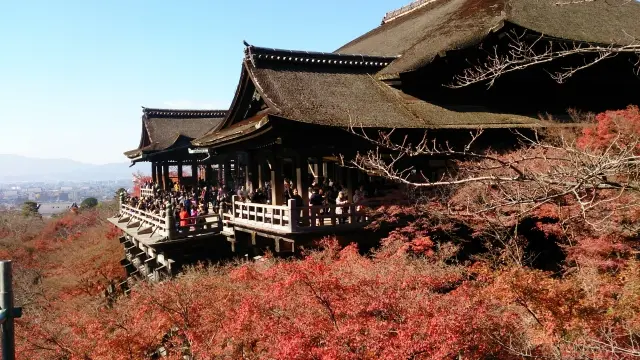
Ranking of Popular Tourists Destination in Kyoto
- Fushimi Inari Shrine: Thousands of iconic red torii gates.
- Kiyomizu-dera: Historic temple with panoramic views.
- Kinkaku-ji (Golden Pavilion): Zen temple with gold-leaf facade.
- Nishiki Market: Vibrant hub of Kyoto cuisine.
- Bamboo Grove in Arashiyama: Serene bamboo-lined path.
Kyoto Culinary Culture
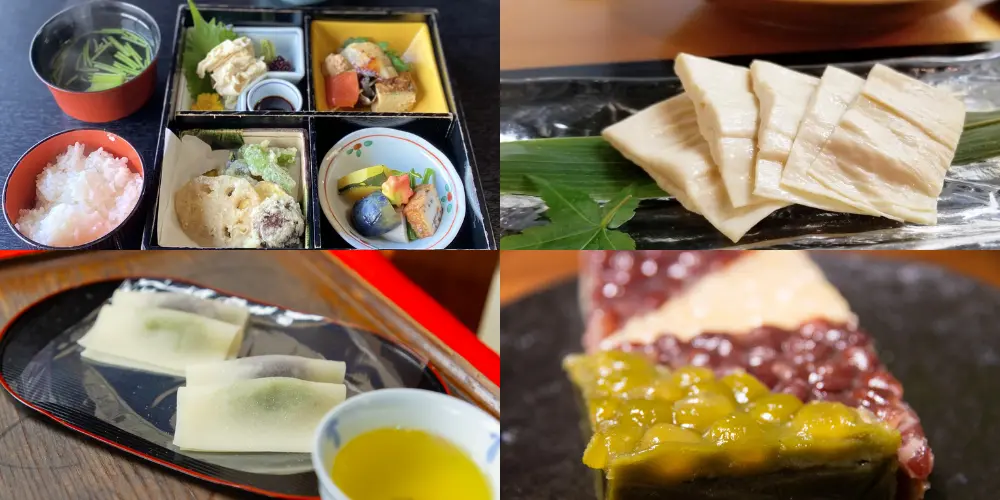
Kyoto cuisine, known for its refinement and use of local ingredients, is a must-try for any visitor. Dishes often feature Kyoto vegetables, tofu, and yuba (tofu skin), each prepared with meticulous care to highlight their natural flavors. Many restaurants specialize in these traditional ingredients, offering a taste of the city’s culinary heritage.
Sweets and Teas
Kyoto is also famous for its sweets, especially those made with matcha (green tea powder). Visitors can enjoy a variety of matcha-based desserts at local sweet shops and cafes, which often pair their confections with freshly whisked matcha tea. These establishments not only provide a taste of Kyoto’s renowned green tea but also offer a peaceful setting to enjoy the traditional tea culture.
Access and Transportation to Kyoto
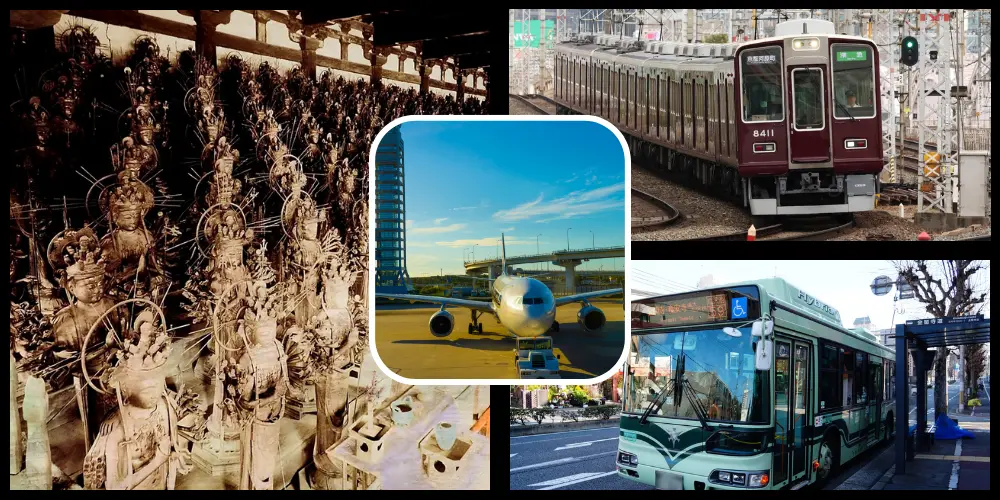
How to Access to Kyoto?
Access to Kyoto is facilitated through airports, railways, and buses. Kansai International Airport is the nearest major airport, with convenient bus and rail connections to station. Within the city, an efficient network of buses, subways, and trains is well-established, making it easy to travel to major tourist destinations.

Tokyo to Osaka: How to Get There?
We’ll introduce you to the access methods and key points of traveling from Tokyo to Osaka.
Accommodation Options
In Kyoto, a variety of accommodation options are available to suit different budgets, including luxury hotels, traditional ryokans, budget hostels, and guesthouses. Many of these accommodations are conveniently located near major tourist sites, making it easy to explore the city.
Best Time to Visit
The best times to visit Kyoto are during the spring and autumn seasons. Spring is celebrated for the cherry blossom season, during which the city is adorned with delicate pink flowers. Autumn is equally enchanting, with vivid fall colors transforming the city’s numerous gardens and temples. Both seasons offer mild weather and breathtaking scenery, making them ideal for sightseeing.
Exploring Japanese History Through Kyoto
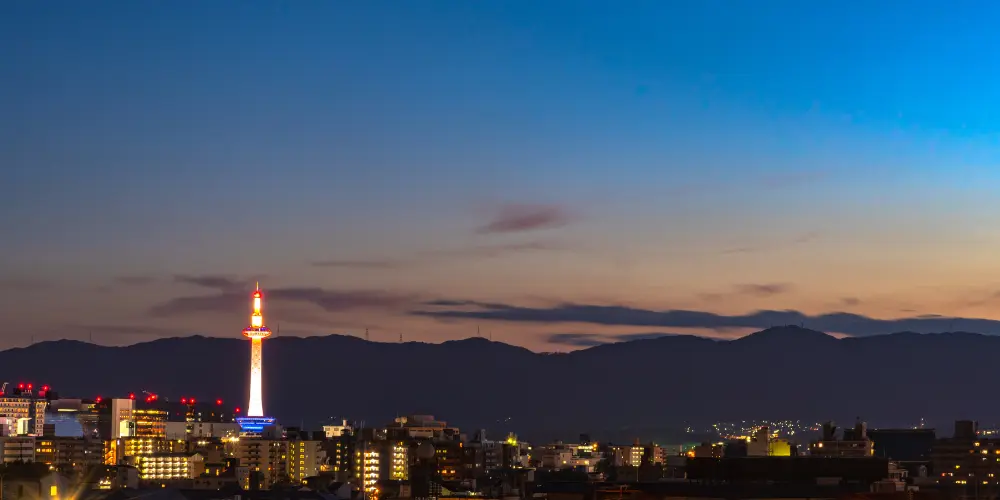
Kyoto offers a wealth of cultural heritage and natural beauty. Exploring its historic temples, enjoying the seasonal landscapes, and savoring traditional cuisine provide a deeply satisfying experience for every visitor. A trip to Kyoto is more than just a journey; it’s an opportunity to immerse yourself in the heart of Japanese culture and history.
【Related Articles】
- Discover the Friendly, Fun and Delicious of Osaka – Enigmatic Japan Info
- Osaka Castle and Its Surrounding Park – Enigmatic Japan Info
- Nara: Experiencing the Ancient Spirit of Japan – Enigmatic Japan Info
- Osaka Umeda Nightlife: 6 Must-Visit Spots ー Enigmatic Japan Info
- Tokyo to Osaka: How to Get There?ー Enigmatic Japan Info
- Kobe: A Cosmopolitan Gateway in Hyogo ー Enigmatic Japan Info
- Shinsaibashisuji Quick Guide: Shopping Hours ー Enigmatic Japan Info
- Wakayama: Land of Natural Wonders ー Enigmatic Japan Info
